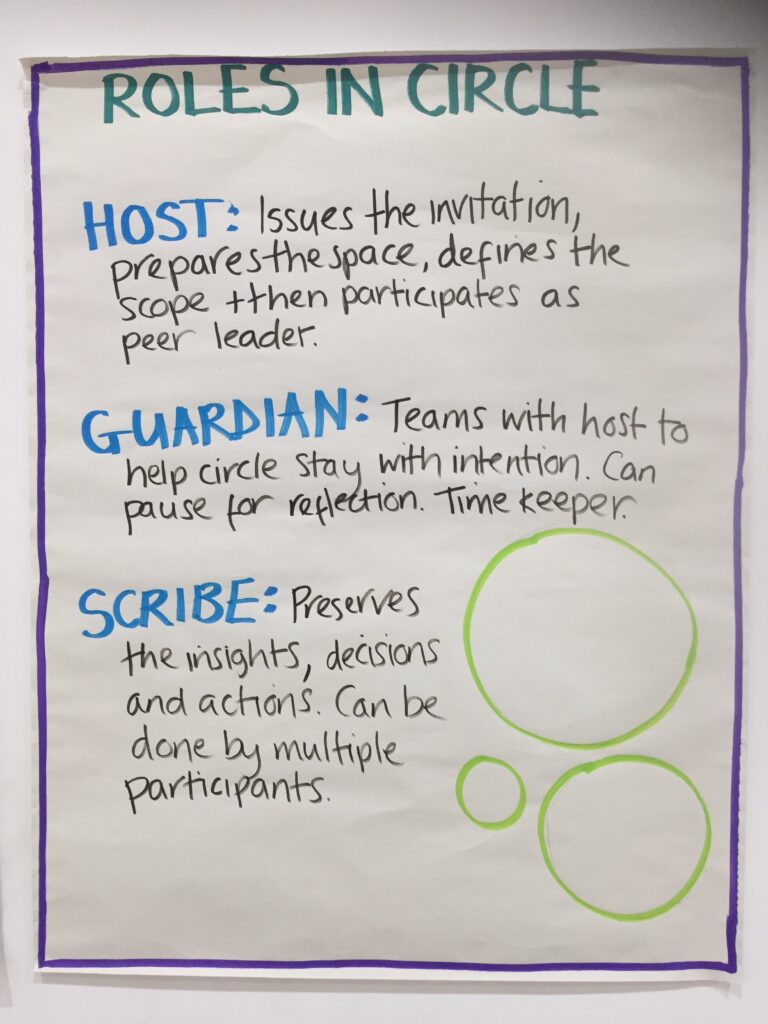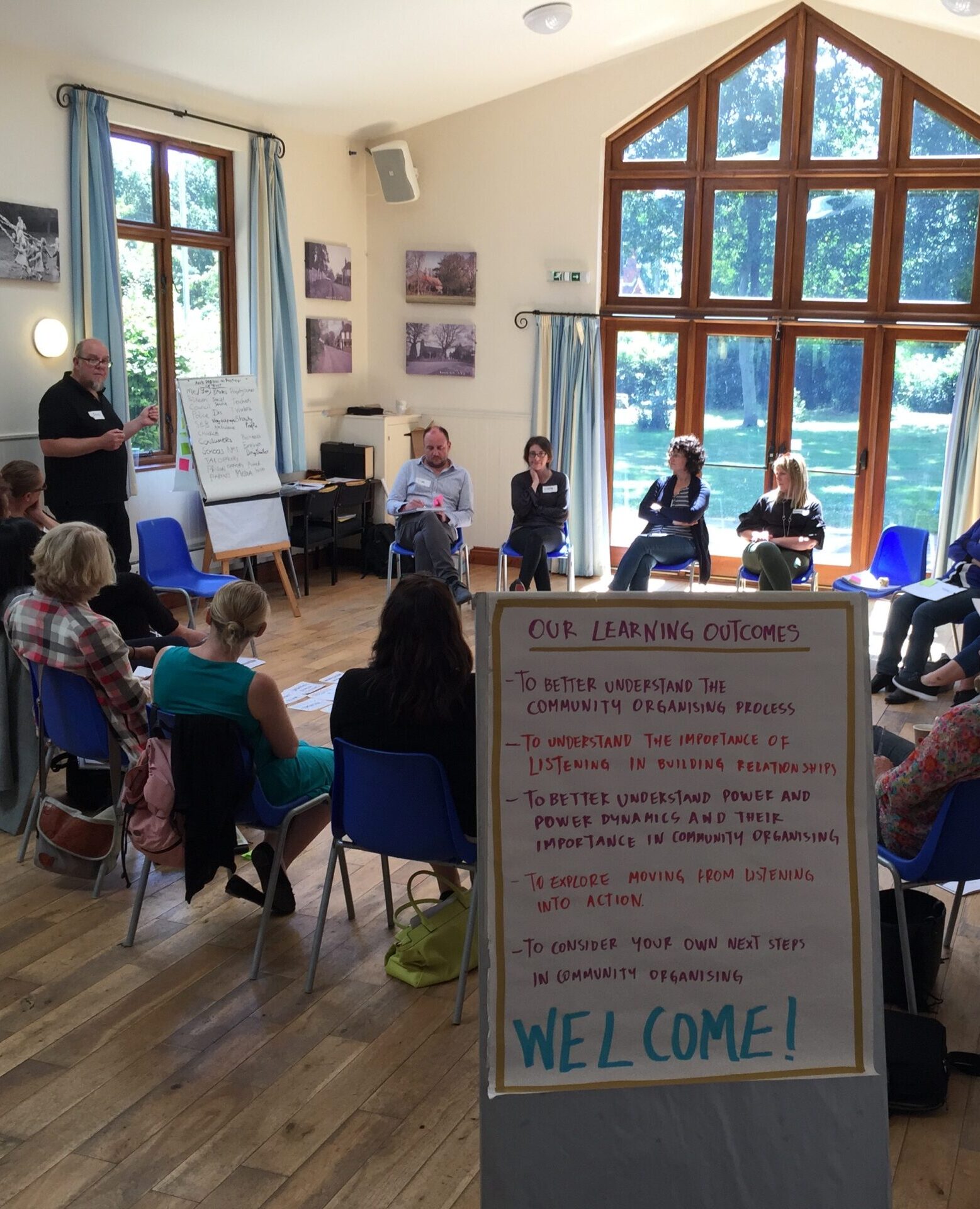Circle Practice
What is Circle Practice?

Circle is a social structure that has helped people come together in collaborative dialogue and action since the beginning of time.
Our ancestors came to the campfire to cook, to keep themselves warm and safe, to tell stories, and to establish rules of behavior and governance that supported community development. These are the same reasons people come to the circle today: to be social, to discover safe methods of dialogue, to share stories, build community, and hold meetings in a collaborative manner.
When is Circle Practice appropriate?
Circle enables us to discover our collective wisdom. It helps us discover who we really are to each other as well as the resources we can offer to our conversations and tasks.
Circle practice can adapt to a variety of groups, issues, and timeframes. Circle can be used for the duration of a gathering, particularly if the group is relatively small and deep reflection is a primary aim. Circle can also be used as a means for check-in and check-out of a conversation, and a way of making decisions together, especially decisions based on consensus.

What does Circle Practice work?


Principles of Circle:
- Rotate leadership among all circle members.
- Responsibility is shared for the quality of the experience.
- Rely on wholeness rather than on any personal agenda.
Practices of Circle:
- Speak with intention and note what has relevance to the conversation in the moment.
- Listen with attention, respectful of the learning processes of all members of the group.
- Tend to the well-being of the group, remain aware of the impact of our contributions.
Setting Circle Agreements:
We use agreements to allow all members to have a free and profound exchange, to respect diversity of views and to share responsibility for the well-being and direction of the group. Agreements often used include:
- Listen without judgment (slow down and listen).
- Whatever is said in circle stays in circle.
- Offer what you can and ask for what you need.
- Silence is also part of the conversation.
- We agree to employ a group guardian to watch our needs, timing, and energy.
What does Circle Practice look like?
General Flow of the Circle
- We welcome people and set the Intention
- Welcome/start-point
- We do a check-in/introductions round when appropriate
- We set agreements
- we introduce the three principles
- We open the circle for contributions
- Check out and farewell
Intention shapes the circle and determines who will come, how long the circle will meet and what kinds of outcomes are to be expected. The caller, or organiser, of the circle spends time explaining the intention.
Welcome/start point: Once people have gathered, the circle host (or a participant) will open the circle with a gesture to indicate that the circle will start. Poems, silence, song or gesture may be used. The centre of a circle usually holds objects that represent the intention of the circle.
The Circle usually starts with a volunteer and proceeds around the circle. If an individual is not ready to speak, the turn is passed and another opportunity is offered after others have spoken.
The guardian role aids self-governance and brings the circle back to the intention. The guardian watches and safeguards the group’s energy and observes the group’s process.
Check-out closes the circle and provides a formal end to the meeting and a chance for members to reflect on what has transpired.
Circle practice contains these common elements:
- People face each other and every voice is considered contributory.
- Agreements of participation and a definition of respect are articulated.
- Conversation is viewed as a practice set apart from casual social interaction.
- The event has a beginning/middle/end and a structure that holds it.
- The archetype of Circle is present in the space, often through making a visible center.

